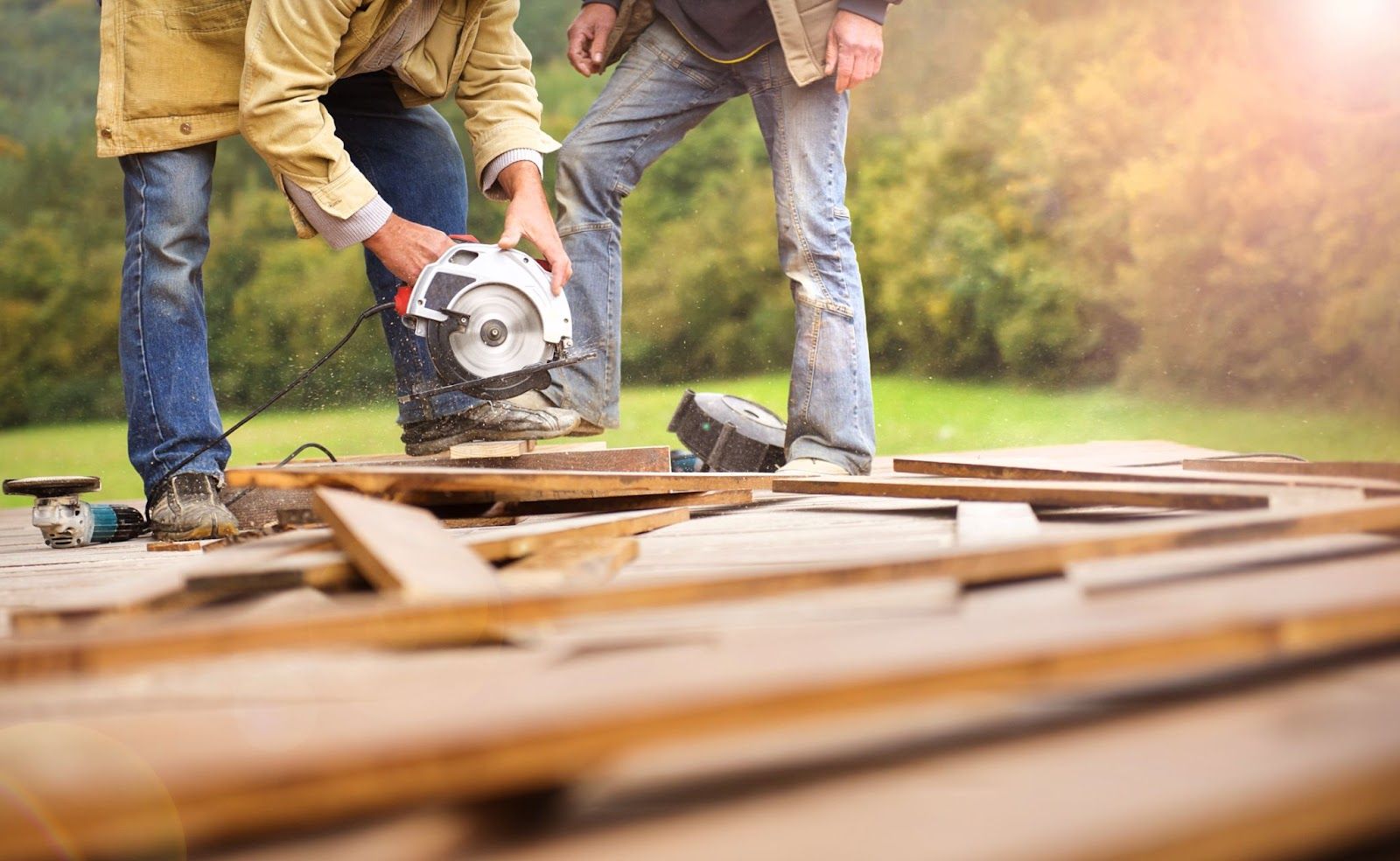If you are planning a construction project for your home, one of the keys to a successful project is ensuring that everything is on schedule. While there are many things that may be outside your control during the construction project for your home, there are things that you can do to ensure things keep moving along. Following these tips to do your part will keep your home construction project running smoothly.
Know What You Are Getting Into
Every construction project for your home will start with a contract. To get off on the right foot and to keep things moving, you need to read all the documents that are included in your contract. Many homeowners will skim the contract and then sign on the dotted line. Reading the full contract will outline the scope of work and provide you with valuable information about timelines.
As a matter of fact, read every document that is handed to you throughout the process. If you have a survey report (often required for outdoor construction projects) read it. Land surveyors use highly accurate instruments that are accurate by +/- (2mm + 2 ppm) x d. Reading the surveyor's report will keep you informed about your boundaries. Ask the contractors questions if you feel unsure about anything during the process.
Be Responsive
From time to time during the project, the contractor may have questions or updates that they need to share with you about your home construction project. You want to keep the lines of communication open throughout the process and respond as quickly as possible when the contractor reaches out.
Quick replies to any questions keep your project moving forward. Of course, fast responses can often mean savings. Many contractors -- about 93% in 2019 -- will rent equipment for projects. If your contractor is in the middle of an equipment rental agreement and the work is stalled because they are waiting on a response for you, the costs can add up.
Have a Contingency Plan In Place
There are always the possibilities of obstacles that can slow down progress. It can be frustrating, but you can avoid a lot of frustration by having a contingency plan in place. Your contingency plan should include how you will pay for lodging if your ability to live in the house is disrupted.
Put together a plan B just in case things cannot work out the way you planned. For example, let's say your home construction project is centered around the only bathroom in the home, and there is a supply delay that keeps your bathroom from being functional for the next two weeks. While updating your living space, including your bathroom, is a great idea because $6 billion is wasted every year on leaky faucets and running toilets, it can still be a challenge you need to prepare for.
Monitor the Progress
It is important that you are involved in the process without micromanaging it. Speak with the contractor about getting weekly updates on the project. If you are not living in the home during the construction period, be sure that you stop by every third day or so to check on progress. You also should make note of any questions when you stop by.
With useful time clock apps, homeowners can easily monitor their residential construction projects in real-time and keep the project running smoothly. These apps provide valuable insights into both overall and individual progress, allowing homeowners to track their workers’ activity and head off any potential issues before they become a problem. Homeowners can receive reports each day that highlights how much of the project has been completed, what tasks still need to be accomplished, and even receive notifications when certain milestones are met.
If you notice something that you did not agree to be done or if a material you did not choose is being used, contact the contractor immediately. Many contractors will subcontract part of the project and sometimes communication gets muddied between the two entities. If you see something you are questioning or is plain out wrong, contact the contractor immediately; do not wait until the end of the job.
While you should trust the process, you should also be very involved in the process, but not to the point where your involvement is slowing things down. Remember you are the paying customer and your satisfaction with the process should be a priority for the contractor. Do your part to ensure that your home construction project moves smoothly and your project will come together perfectly.

